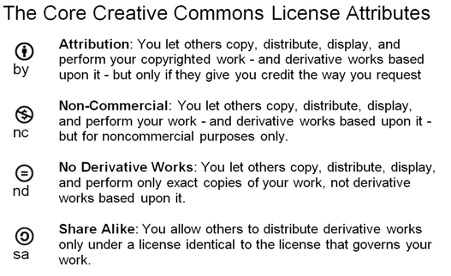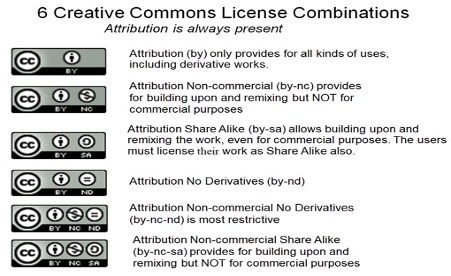

● Create and document a license for your final project. Develop a plan for dissemination of your final project.
● Prepare a summary slide (presentation.png, 1280x1024) and video clip (presentation.mp4, 1080p HTML5, < ~minute, < ~10 MB) in your root directory
Grant of a property right to the inventor or an exclusive right to commercially exploit the invention in this country is generally termed as patent. Patents are granted for inventions which are technical, that is inventions which are capable of being industrially exploitable. It is issued by the Patent and Trademark Office. Once it is granted, its term of a patent is 20 years from the Date of Filing, subject to the payment of annual renewal fees. Once the patent expires, the invention enters the public domain and can be made, used or sold by anyone. Only the inventor can apply for and receive a patent for an invention and only the inventor or the inventor's registered patent attorney or agent may prosecute a patent before the patent and trademark office.
The exclusive right given by law for a certain term of years to an author, composer etc. (or his assignee) to print, publish and sell copies of his original work is called copyright. Copyrights are secured for creation, you don't need to file for a copyright.Copyrights have commercial value in licensing your work. Putting a copyright on your work will determine how people can use it and how you can benefit from it. Copyright happens automatically when a work is created in a tangible form. It does not require registration or notice and lasts for the life of the author plus 70 years at least, and more in some cases. Copyright is a bundle of rights: you can sign them away exclusively , you can grant non-exclusive licenses that give multiple people permission to use a work for different purposes
Creative Commons Licenses applies to works that are subject to copyright. It offers an option for the creator to define permitted uses explicitly, do NOT affect Fair Use, are NOT exclusive, allow copying, distribution, display, public performance, & reformatting and do NOT contradict copyright. Although everything is copyrighted automatically, creators may not want or need to hold all those rights exclusively. Perfectly acceptable uses are often restricted due to the automatic assignment of copyrights. Permissions handling is often unnecessary but costly in time, money and effort.


My project and all the works that I did during this FabAcademy is creative work. So I find the licenses from Creative Commons seem apt for me. Even Though I was able to make a pollution control system, I need to work on it and make it an IoT enabled remotely controlled system. If I were to get an MIT license for my work, it only provides limited restrictions on reuse and anyone could do whatever with my work provided they keep the copyright license and can commercialise. I want people who are interested to continue and improve my work and share it with others. Hence the licenses which fit the bill are MIT license and Creative Commons.